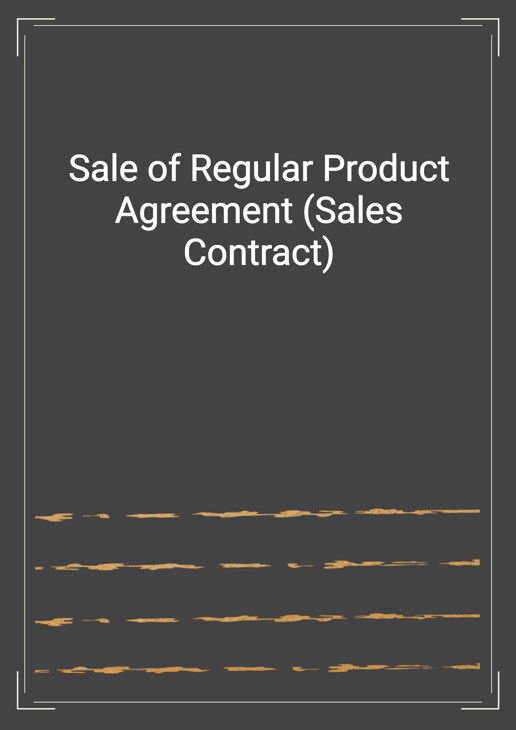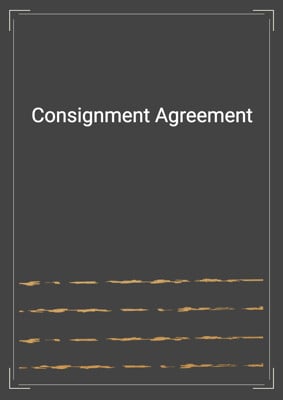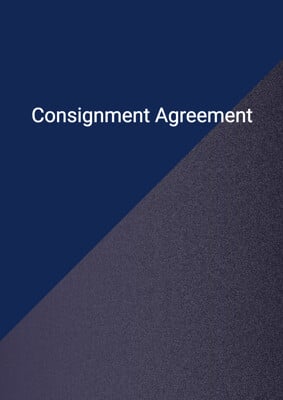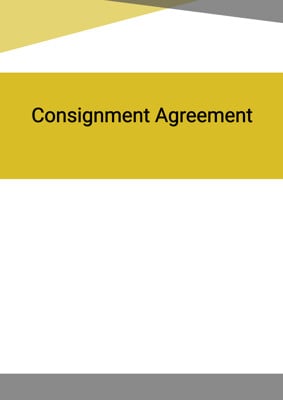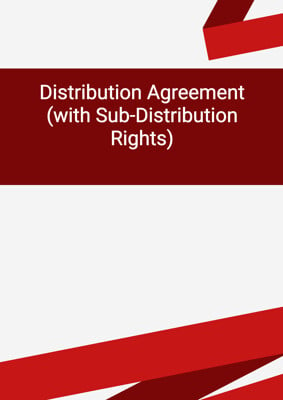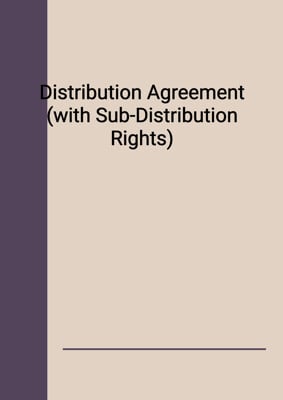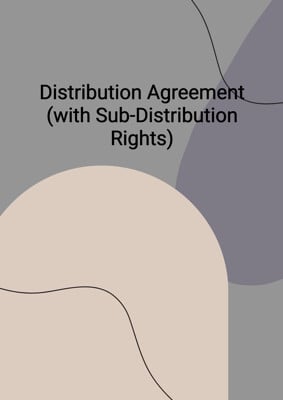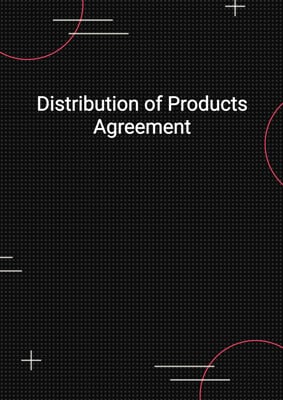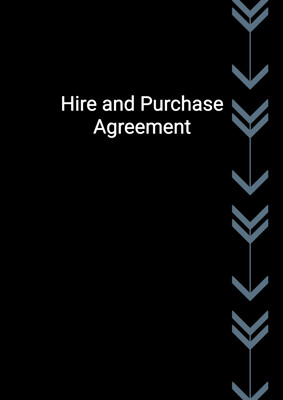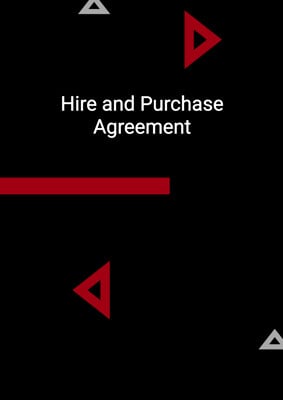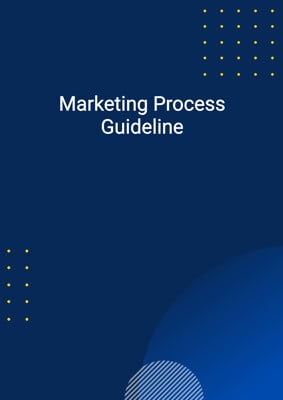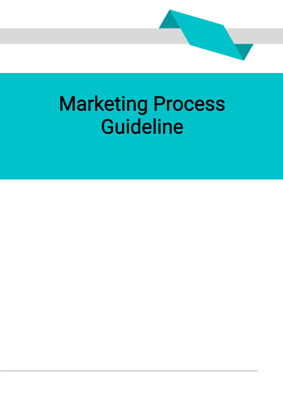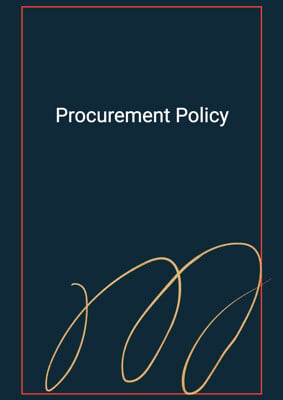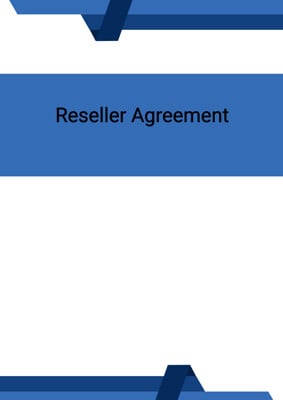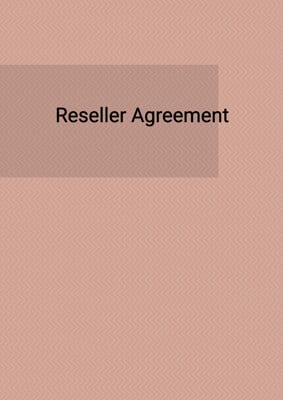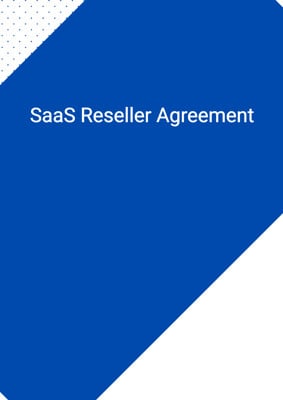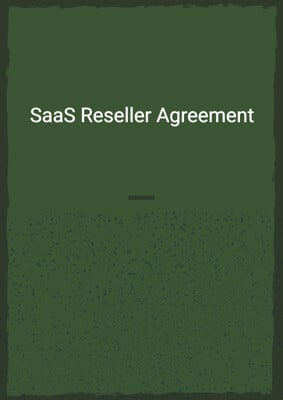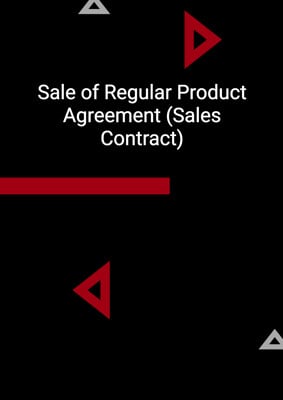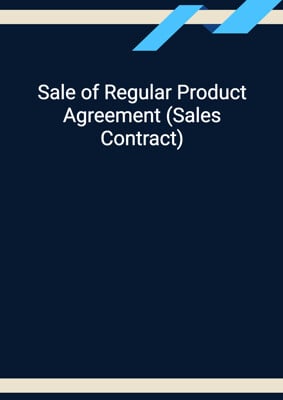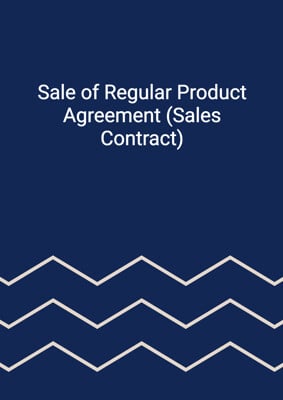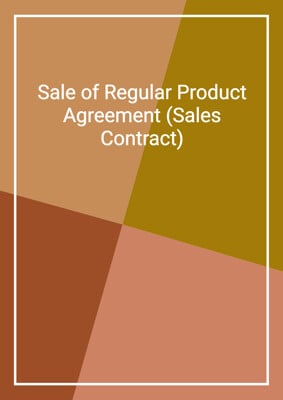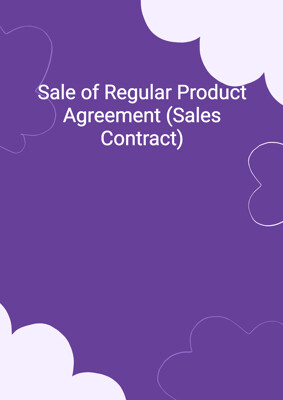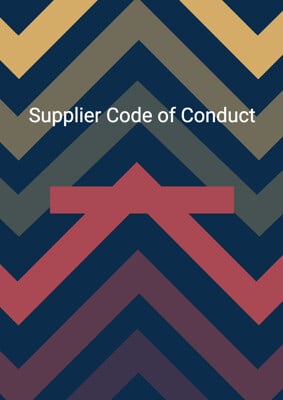How to Tailor the Document for Your Need?
01
Create Document
Fill in the details of the parties. You can click the "Fill with Member’s Information" button to complete it with information saved to your account.
02
Fill Information
Please fill in any additional information by following the step-by-step guide on the left hand side of the preview document and click the "Next" button.
03
Get Document
When you are done, click the "Get Document" button and you can download the document in Word or PDF format.
04
Review Document
Please get all parties to review the document carefully and make any final modifications to ensure that the details are correct before signing the document.
Document Preview
Document Description
The Sale of Regular Product Agreement, also known as a Sales Contract, is a legally binding document that outlines the terms and conditions of a sale between two parties: the seller and the buyer. This agreement is important as it establishes the rights and obligations of both parties, ensuring that they are on the same page and can avoid any potential disputes or misunderstandings.
The entire document is divided into several sections, each addressing a specific aspect of the sale. The first section, titled 'Definitions,' provides clear meanings for key terms used throughout the agreement, such as 'delivery date,' 'products,' and 'price.' This ensures that both parties have a common understanding of these terms.
The second section, titled 'Supply and Purchase,' outlines the responsibilities of the seller and the buyer. It states that the seller agrees to sell the products described in the agreement, while the buyer agrees to purchase them. It also mentions that the seller will apply labels or identification codes to the products as requested by the buyer, and both parties will agree on appropriate packaging.
The third section, titled 'Delivery,' specifies the delivery process. It states that the seller is responsible for delivering the products to a designated location, and the title to the products passes to the buyer upon delivery to the carrier. The seller is also required to provide shipping information to the buyer, including model numbers, quantities, method of shipment, and any other relevant details.
The fourth section, titled 'Payment,' addresses the payment terms. It states that the buyer must make payment within a specified number of days from the date of the invoice. The seller is responsible for issuing invoices and providing the necessary bank account information for the transfer.
The fifth section, titled 'Product Availability,' highlights the seller's commitment to maintaining sufficient stocks of the products to fulfill their obligations under the agreement. This ensures that the buyer can rely on a consistent supply of the products.
The sixth section, titled 'Term and Termination,' outlines the conditions under which either party can terminate the agreement. It states that if either party defaults in performing a material obligation, the non-defaulting party can give written notice and allow a 30-day cure period. If the default is not cured within that period, the non-defaulting party can terminate the agreement. It also mentions other events that can lead to termination, such as insolvency or cessation of business.
The seventh section, titled 'Warranties,' provides a warranty from the seller that the products delivered will be free of substantive defects in material and workmanship. It specifies the conditions under which the buyer can claim a replacement for defective products.
The eighth section, titled 'Right of Inspection,' grants the buyer the right to inspect the products upon receipt and reject any non-conforming products. It also establishes a timeframe for the seller to issue a refund or replace the defective products.
The ninth section, titled 'Amendments,' states that any amendments or modifications to the agreement must be made in writing and signed by both parties. This ensures that any changes to the agreement are documented and agreed upon.
The tenth section, titled 'Assignment,' prohibits the seller from assigning or transferring their rights and benefits under the agreement without the buyer's written consent. This protects the buyer's interests and ensures that they are dealing with the original seller.
The eleventh section, titled 'Severability,' states that if any provision of the agreement is deemed void or unenforceable, the remaining provisions will still be valid. This protects the overall enforceability of the agreement.
The twelfth section, titled 'Settlement of Disputes,' provides two options for resolving disputes: amicable settlement and dispute resolution. It encourages the parties to first attempt an amicable resolution and, if unsuccessful, refers the dispute to the respective chairmen or chief executives of the parties. It also clarifies that seeking immediate remedies through court orders is allowed.
The thirteenth section, titled 'Counterparts,' allows the agreement to be executed in multiple counterparts, with each counterpart considered an original. This facilitates the signing process, especially when the parties are in different locations.
The fourteenth and final section, titled 'No Rights for Third Parties,' clarifies that only the parties to the agreement have the right to enforce its terms. This prevents any third parties from claiming rights under the agreement.
In conclusion, the Sale of Regular Product Agreement is a comprehensive document that covers all aspects of a sale between a seller and a buyer. It ensures that both parties understand their rights and obligations, provides mechanisms for dispute resolution, and protects the interests of both parties.
How to use this document?
1. Provide information: Enter the seller's and buyer's information, including their registered office addresses. This ensures clear identification of both parties.
2. Specify the products and price: Clearly describe the products being sold and the agreed price. This ensures that both parties are aware of what is being purchased and at what cost.
3. Agree on delivery details: Determine the delivery date and location for the products. Specify that title to the products passes to the buyer upon delivery to the carrier. This ensures clarity regarding the delivery process.
4. Establish payment terms: State that invoices will be issued on shipment and specify the payment due date. This ensures that both parties are aware of the payment terms and deadlines.
5. Discuss product availability: Address the seller's commitment to maintaining sufficient stocks of the products. This ensures that the buyer can rely on a consistent supply.
6. Understand termination conditions: Familiarize yourself with the conditions under which either party can terminate the agreement, such as default in performing obligations or insolvency. This protects your rights in case of any breaches.
7. Review warranties: Take note of the seller's warranty that the products will be free of defects. Understand the conditions under which you can claim a replacement for defective products.
8. Exercise your right of inspection: Inspect the products upon receipt to ensure they conform to the agreement. If any non-conforming products are found, promptly notify the seller and provide a written explanation for rejecting them.
9. Seek amendments in writing: If any changes need to be made to the agreement, ensure that they are documented in writing and signed by both parties. This avoids any misunderstandings or disputes.
10. Prohibit assignment without consent: Ensure that the seller cannot assign or transfer their rights and benefits under the agreement without your written consent. This protects your interests and ensures you are dealing with the original seller.
11. Understand dispute resolution options: Attempt to resolve any disputes amicably first. If unsuccessful, refer the dispute to the respective chairmen or chief executives of the parties. Seek immediate remedies through court orders if necessary.
12. Keep counterparts for execution: Execute the agreement in multiple counterparts, with each counterpart considered an original. This facilitates the signing process, especially when parties are in different locations.
13. Remember no rights for third parties: Understand that only the parties to the agreement have the right to enforce its terms. This prevents any third parties from claiming rights under the agreement.
Please note that this guidance provides a general overview and does not constitute legal advice. It is recommended to consult with a legal professional for specific guidance related to your situation.
Not the right document?
Don’t worry, we have thousands of documents for you to choose from:
